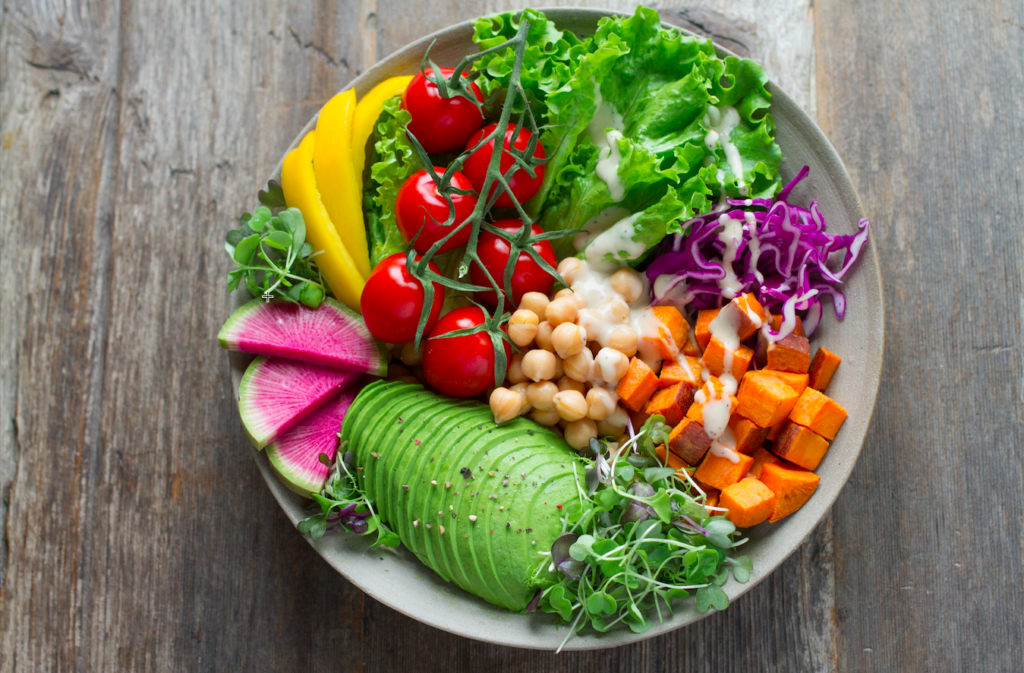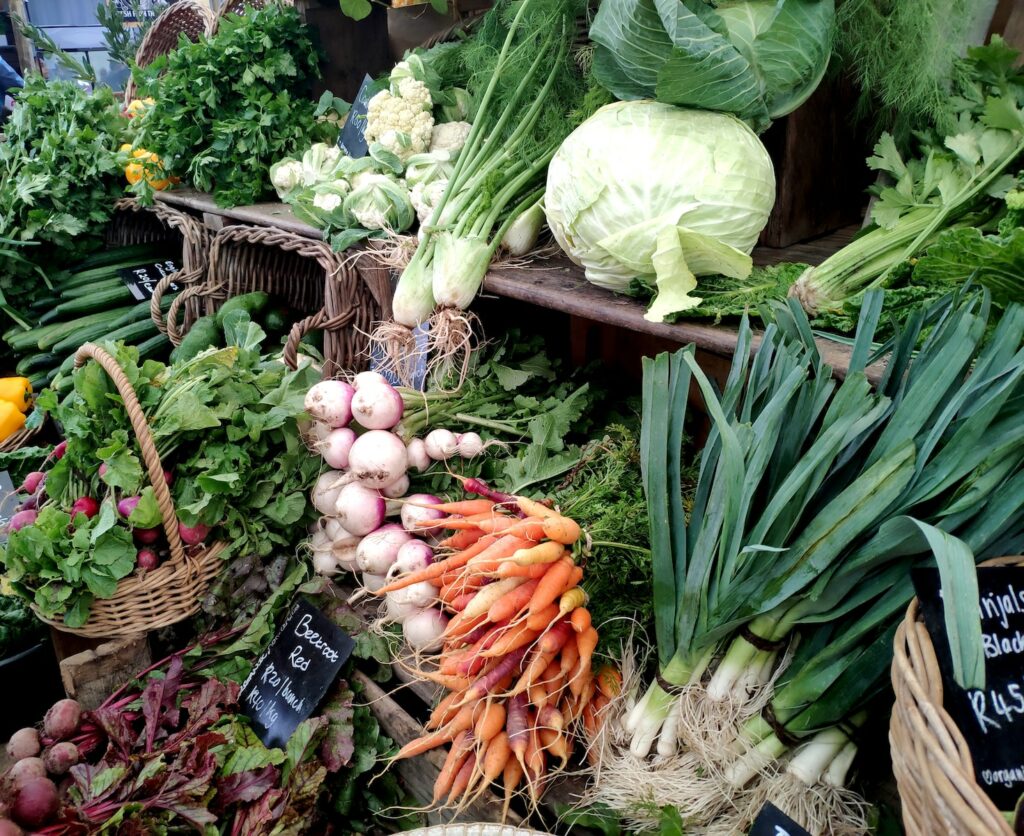

The notion of not eating or drinking too much to ensure you achieve your weight loss goals is well known and of course so simple. Yet, it is very easy to exceed the amount you know you should be eating and consequently sabotaging your efforts to lose weight. Getting portion sizes right is seemingly harder than it should be….why is this?
One of the first reasons is that over the past decades we have been subjected to conflicting advice when it comes to portion sizes; at one point we were told not eat very little fat without restricting our carbohydrates, whilst other advice focused on limiting sugar intake and eating more (good) fats. Avoiding wheat, gluten, dairy etc can also inadvertently lead to unbalanced choices.
Another reason is that our portion sizes have steadily been increasing over the years and we have lost sight of what a “true” portion looks like. We eat on the run, passively consuming more food than we realise. Our expectations are for bigger portions and anything less is somewhat disappointing and not satiating.
Understanding the role of portion control in weight management is key. The overriding factor here is getting energy balance right and you will be familiar with the unit used to discuss energy balance; Calories. Numerous studies have shown that consuming larger portions of foods and drinks leads to significant increases in energy intake. If this is sustained over the long term, where the intake of energy exceeds the expenditure of energy, these larger portion sizes will lead to weight gain or obesity. Limiting portions will limit energy intake and thus limit weight gain.
It is no coincidence that in recent years, not only have our exercise and activity levels dropped significantly and therefore our energy requirement but also portion sizes have increased in parallel to the increase in cases of obesity.
In essence; you have to burn more energy than you consume to achieve weight loss. So, either your activity levels need to be increased or you need to eat less
If we’re presented with larger portions, we are likely to eat it all without compensating by reducing our portions in general. A big part of this could simply be that you are not aware of the correct portion sizes and therefore you are unlikely but also unable to regulate your portions intuitively.
When you learn the correct portion sizes, you are more likely to consume less calories and have more control over your weight. This is why understanding portion sizes is so important
With a little adjustment and a better understanding of which foods to adjust portions of and what a portion actually looks like, you can very easily start to bring our portions down in line with your health goals and furthermore weight loss goals if this is your priority.
It is, however, not as simple as encouraging you to eat less food in general and in particular foods that are energy-dense; typically carbohydrate foods. I have witnessed that limiting these foods without appropriately adjusting other choices is not a successful long-term solution. Portion control is as much about understanding the differences in the foods and drinks you choose and adjusting how much you consume accordingly.
Essentially, focusing on bigger portions of low energy-dense foods and smaller portions of high energy-dense foods is likely to achieve results
Don’t dismiss a simple salad if you’re peckish in between meals. It may not be an obvious choice but it’s one of the easiest and nutritious snacks that can be ready in no time. Add in as many salad vegetables as you like, but if it’s just a simple salad of 2 ingredients, it’s still a fabulous choice! For a more substantial snack/light meal, throw it on a slice of toast.
Firstly, I am not keen on focusing on weight measurements; it is not convenient in most situations to weigh out your food before eating and also encourages you to rely on a definitive portion rather than an intuitive understanding of serving size.
The best way to consider portion size is to equate it to the size of things that you are familiar with.
Food |
NormalServing Size |
Weight loss serving/portion sizes |
Vegetables |
fist size | 2 fists! |
Meat or chicken |
pack of cards or palm-size (not including fingers) | A little larger |
Fish |
chequebook | chequebook |
Potato |
computer mouse | ½ computer mouse baked or 3 small new |
Sweet Potato |
1 medium | 1 small or ½ large |
Rice (cooked) |
5 tablespoons | |
Pasta/Rice |
tennis ball | a scoop of ice cream |
Bread |
1 or 2 slice (s) | 1 slice |
Cheese |
small matchbox | small matchbox |
Butter |
1 teaspoon | 1 teaspoon |
Olive oil |
1 tablespoon | 1 tablespoon |
Eggs |
2 medium | 2 medium |
Milk |
1 small glass 200ml | 1 small glass 200ml |
Nuts |
small handful | 10 individual pieces |
Snacks eg crisps |
cupped handful | None! |
Apple/Pear |
Medium | Medium |
Banana |
1 small | ½ small |
Grapes |
1 small handful | 1 smaller handful |
Satsumas/Clementines |
2 | 2 |
Dried Apricots/Raisins |
1 tablespoon | 1 tablespoon |
Lentils/Beans/Pulses |
3 heaped tablespoons | 4-5 heaped tablespoons |
Once you’re familiar with what a portion should look like, it’s also important to consider where you may be liable to consume much larger portions through the influence of our environment. Yes, you may be surprised to hear this is a factor, but here’s how….
-
Packaging
Manufacturers want to you buy more – that way they make bigger profits. So they have, over the years, gradually increased their packaging sizes and at the same time, not offering the smaller sized versions. By presenting super-sized versions, the original size now appears ridiculously small and therefore not as appealing.
-
Eating out
Restaurant portions have got bigger and expectations for restaurant meals are different from those that you would consider at home. A meal that arrives with plates stacked high is better received than a dish that more appropriate portions – quantity over quality tends to preside when dining out. For example, high-calorie foods like chips and desserts are often served in large or even huge portions.
-
Distractions
Rather than focusing on a meal at the table and enjoying the actual eating experience, we are more often than not, distracted with the television, phones or video games. When you’re distracted, you are now aware that you are eating and can easily plough your way through a large pizza, a large bag of crisps. Indeed, you can almost “forget” that you have eaten and if presented with another snack or nibble a little while after, you can easily succumb to the offer.
Eating mindfully is key here; slowing down and focusing on all elements of the meal; texture, taste, smell and even the sound involved. All these senses will contribute to your sense of fullness and satiation.
The Bottom Line
Losing weight will entail some form of portion control. Whilst this may be difficult to achieve at the outset, gradually reducing portions will give you the skill to judge the correct portion intuitively with minimal effort and without being obsessed. This does take time and does not offer a miracle overnight approach. If you’re honest, portion sizes have increased gradually over time and they can also decrease gradually from now on. In doing so, you will condition your body to be satiated after a smaller amount of food. You’ll also feel better and more energized without a feeling of uncomfortable fullness after a large meal.
Once you’ve put the effort into to gauge sizes better, you will effortlessly serve, order and cook in tune with your new good habits.
I do believe that, along with exercise, portion control is the secret to achieving weight loss!
Invest in Your Health:
[gosservices gos_attr_set=”home-about” gos_attr_layout=”default” gos_attr_columns=”3″ gos_attr_vertical_layout=”disabled” gos_attr_parallax=”disabled” gos_attr_crop=”disabled”][/gosservices]









0 Comments